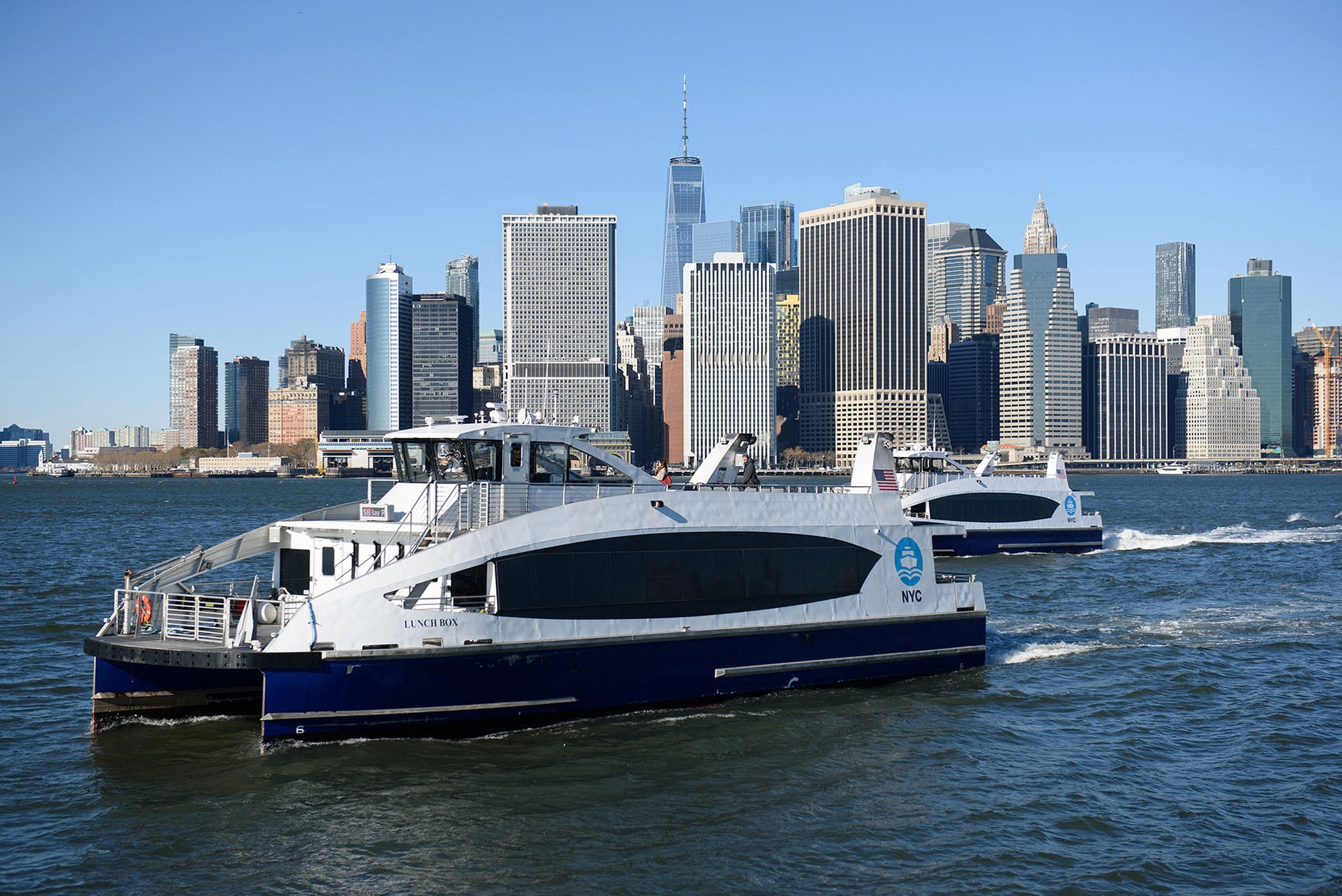BY TOM FOX | The Hudson River is a navigable waterway with few restrictions on vessel operation, other than observing required navigational safety protocols. The Hudson River Park Advisory Council and Trust requested that ferries and water taxis working in, and adjacent to, the park voluntarily refrain from operating within 100 yards of the tips of the piers, unless approaching or departing their docking facility. All have agreed.
This voluntary ferry safety zone will help protect the park’s in-water infrastructure, enhance safety for human-powered boaters and historic vessels, and support the successful restoration of the estuarine sanctuary through the park.
NYC Ferry has joined with New York Water Taxi, Circle Line and NY Waterway, who have all voluntarily agreed to honor the 100-yard ferry safety zone while traversing the waterway adjacent to the park. This is especially important given NYC Ferry’s plan to expand its service to the Pier 79 Midtown West ferry terminal.
Many new high-speed catamarans in the harbor, such as those operated by New York Water Taxi and NYC Ferry, were designed with low-wake hulls. These specially designed hulls significantly reduce wakes — even when the vessel is operating at faster speeds.
However, any moving vessel displaces water and causes a wake — no matter how small. Like the slow drip of water on the stone, it will eventually affect the hundreds of millions of dollars of public and private investments made in pier restoration, bulkhead repair, marina and boathouse construction — all public and private in-water infrastructure in the park.
The Hudson River Park is home to the largest concentration of human-powered boating in the city. Piers 26, 84 and 96 host kayakers. Outrigger canoes and small sailboats operate from Pier 66. Whitehall rowing gigs are built and launched from Pier 40. Ferry wakes affect human-powered craft, historic vessels moored in the park and navigational safety.
Wakes can reduce the effectiveness of environmental restoration efforts included in the new Estuarine Sanctuary Management Plan, the ecological-themed Pier 26, and the oyster restoration project being implemented between Piers 26 and 34 in Tribeca.
The easiest way to minimize wake damage is to maximize the distance between the vessel and what might be impacted. The ferry safety zone is a quick, cost-effective way to address this issue. Vessels can easily sail directly to and from their docks, and operate 100 yards from the tip of all the piers unless directly approaching or departing a docking facility.
Having been an owner and operator of New York Water Taxi, I’m aware that complying with this ferry safety zone will have a negligible impact on the economics of ferry operations and will not affect the efficiency or the scheduling of waterborne services.
“The ferry safety zone agreement is a win for all,” said Jeffrey LeFrancois, chairperson of the Hudson River Park Advisory Council. “This is the result of the dedicated park community working with the city, private ferry operators and the Hudson River Park Trust to provide a safe and enjoyable experience — in and out of the water.”
The establishment of a 100-yard ferry safety zone in the Hudson River Park will protect park infrastructure, human-powered boaters, marinas, historic vessels and estuary restoration projects. It shows the maritime industry’s commitment to protecting our waterways and could be a model for protecting recently rebuilt waterfronts, boathouses and natural areas throughout the city.
Tom Fox was co-founder and president of New York Water Taxi, the first president of the Hudson River Park Conservancy and is a member of the Hudson River Park Advisory Council, representing the City Club of New York, and led the effort to facilitate the ferry safety zone agreement.


Be First to Comment